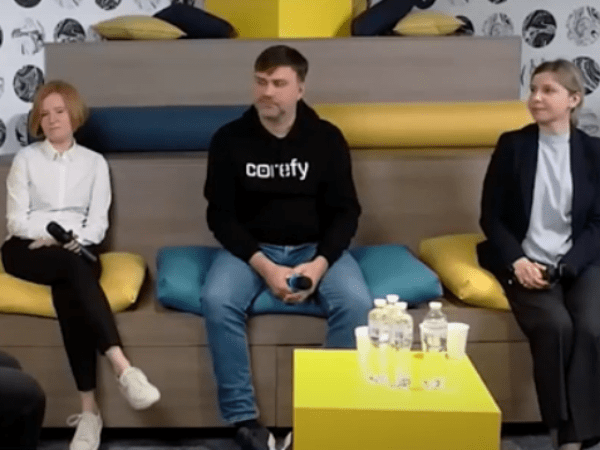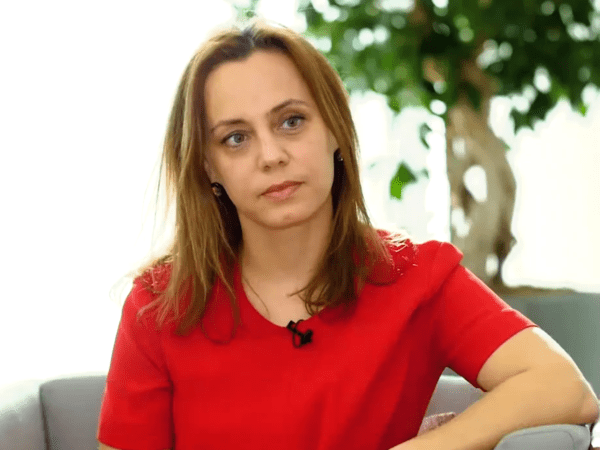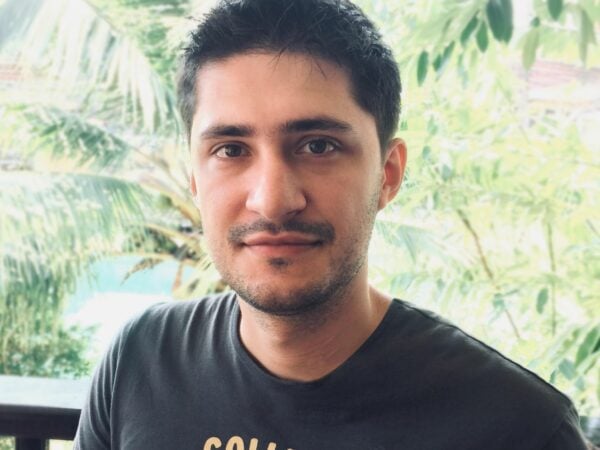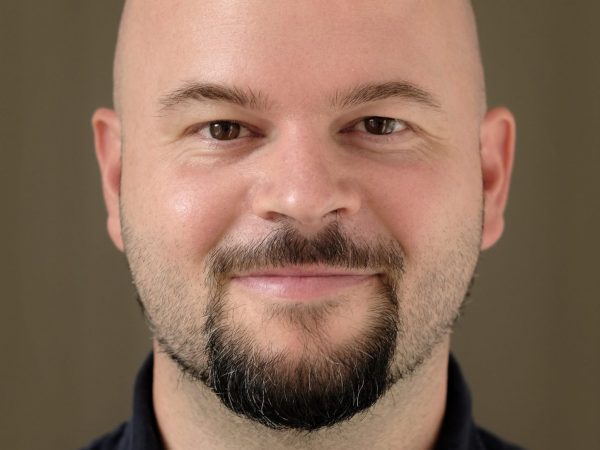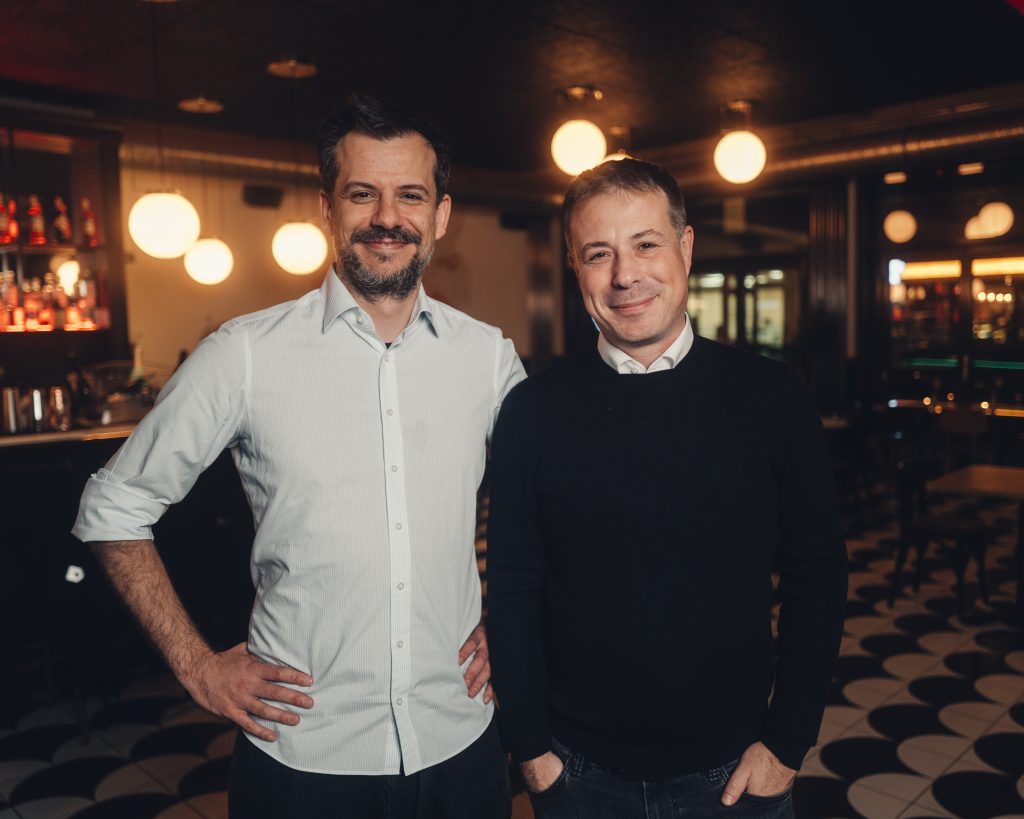
In October 2024, Croatian adtech startup, all eyes on screens, raised €10 million in series B investment round. We talked to their co-founder Kristian Uwe Curkovic about their solution and the role of AI in advertising.
all eyes on screens is an interesting name for a company – why exactly this name, and how did your company get started?
We started as an idea in the intersection between us two founders / brothers. Marin’s background was in media and advertising, while mine was in telecommunications. We saw the opportunity to create an offering for the ad industry from data which was native to telecommunication companies. Our original name was AdScanner, as the core of our technology was a built-in video recognition algorithm which identified and analyzed billions of data points. Over the years, it became clear that we had “outgrown” our name. The new name, all ayes on screens (aeos) reflects the essence of what we do best: our solutions measure, optimize and enable ad campaigns across all audiences and screens.
What is your core offering? Can you tell us a little bit more about your solutions?
aeos is a platform enabling next-generation video advertising aeos has developed a best-in-class video-data platform aiming to empower data-driven TV advertising, providing brands and advertisers with real-time insights, while increasing efficiency and transparency. Current video planning is largely based on isolated small data sets, with limited automation and precision.
At aeos, we expose big-data audience by creating very granular insights and offer AI forecasting and planning capabilities to advertisers. We provide four critical components to support this goal:
- Consulting and strategy framing around data-driven marketing
- Ad recognition technology, which produces large-scale impressions needed to measure and steer campaigns
- Machine learning for audience profiling and forecasting
- AI-based planning and optimization of campaigns – a very difficult problem, where human capabilities quickly become inadequate
How does aeos use AI in its solutions? Is AI the main differentiator between your company and others in the market?
We use AI for a variety of solutions, particularly in areas such as analytics, content personalization, and user engagement. AI helps us understand viewer behavior, recommend content tailored to individual preferences, and optimize advertising strategies. More precisely, we use AI to predict the audience in front of the screen and to allocate budgets in an optimal way. Machine learning and AI, combined with a big data approach, are the key differentiators of our approach. Our prediction algorithms are much more precise and detailed compared to the current industry standards, enabling us to plan for more important KPIs. In other words, we enable incremental reach planning on huge sources of return path data, while the legacy approach is to work with outdated KPIs such as Gross Rating Points (GRP) on small data sets. Also, our allocation algorithm takes several thousand budget allocation micro decisions per campaign in less than an hour of computing, while the human-based industry benchmark makes roughly 100 decisions over couple of days. Although AI is one of the key differentiators, other factors such as user experience, technology stack, as well as supreme features and capabilities also contribute to a unique company’s position in the market.
You are currently present in Croatia, Austria, Bulgaria, Germany and Switzerland. What influenced your decision to expand into these countries? Who are your most significant partners in these markets?
We started in Croatia where our core technical team is located and made our way to the biggest market in Europe, which is Germany. Covering the DACH region was one of the first milestones to be achieved. Obviously, market potential, market readiness and infrastructure played an important role besides forming partnerships with recognized companies. Today, we have onboarded Vodafone in Germany, Telekom Austria, Sunrise as well as AdSquare, Adform and The Traddesk along with many other niche players on our platform.
Where do you see the biggest differences between TV audiences as well as advertising approaches in your home country of Croatia and in other markets (e.g. Germany)? How do you adapt your offering for local partners to address these differences?
When comparing TV audiences and advertising approaches there are some noticeable differences. For example, in Germany you see a much larger and diverse audience with more varied segments which affects content preferences and advertising strategies, so the top viewing habits may differ quite substantially. The beauty is that by using big data wisely you can see this very clearly. The underlying message is that we do not need to adapt our offering to address different audiences, as our systems do it all automatically. In the end, the needs of our end customers (advertisers) are always the same: to increase the marketing ROI.
Traditional TV remains an important medium for reaching large audiences
It is often said in articles and on the internet that TV is a dying medium. This is obviously not correct, taking into account your success – but how do you see this and react to it?
The notion that “TV is dead” reflects a broader conversation about media consumption trends, particularly with the rise of digital platforms. We claim that TV is entering a new phase of development, and several points show the continued relevance and evolution of TV. Traditional TV remains an important medium for reaching large audiences, especially during events like sports, award shows, and major news broadcasts. It is still unbeatable when it comes to attracting millions of viewers on a very limited time horizon. Moreover, we see a lot of so-called hybrid consumption where many consumers engage with both traditional TV and digital platforms – often using multiple screens. TV content is also often available on streaming services, allowing audiences to watch shows on their schedule. When we then add the fact that content quality has dramatically improved, with many networks investing in high-budget series and films attracting viewers, and that we see advances in technology allowing for more targeted advertising on TV (particularly with the rise of addressable TV), enabling marketers to reach specific audience segments effectively, then we can clearly say that TV is not dead.
All in all, we see that fragmentation has increased, and that companies like ours, powered by big data, are the future. Advertisers need to utilize data and employ audience metrics to inform programming and advertising strategies, ensuring they meet evolving viewer needs. We at aeos, we see that television continues to be a vital medium, and by adapting to evolving trends, it will coexist with, and complement, digital channels in the media landscape.
This article is the first in the series exploring CEE startups offering AI solutions beyond content generation. If you want to nominate a startup we should talk to, feel free reach out to us.
